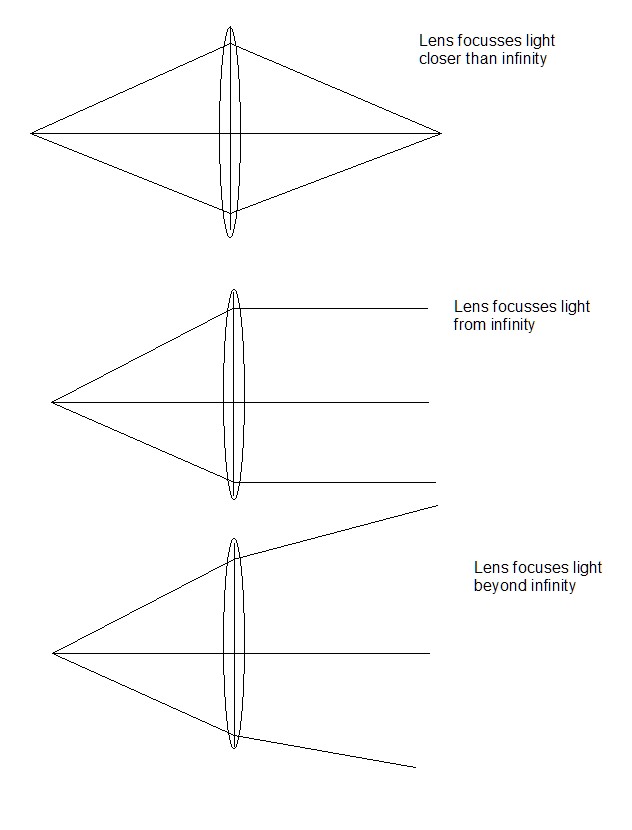- Messages
- 1,005
- Name
- Sammy
- Edit My Images
- Yes
Quick noob question, been struggling with focusing my A77 to infinity for star shots as the EVF makes it not possible to look through and see the stars at night.
I noticed on the focusing ring on a few of my lenses I have this "8" logo...
 Untitled by Sammy Donaldson, on Flickr
Untitled by Sammy Donaldson, on Flickr
Is that the infinity focus point of the lens?
So if I set the camera on manual focus and on that point it should be set up to infinity?
thanks
Sammy
I noticed on the focusing ring on a few of my lenses I have this "8" logo...
 Untitled by Sammy Donaldson, on Flickr
Untitled by Sammy Donaldson, on FlickrIs that the infinity focus point of the lens?
So if I set the camera on manual focus and on that point it should be set up to infinity?
thanks
Sammy




